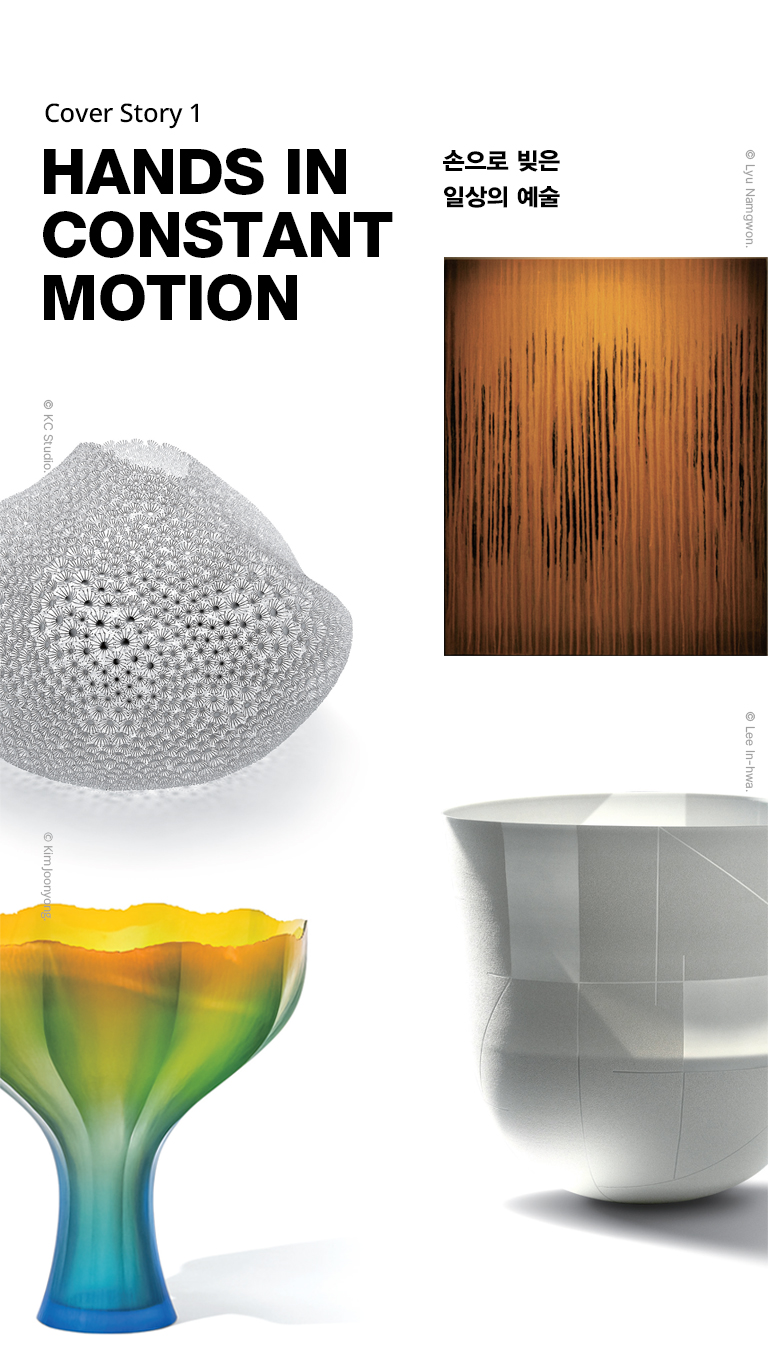
Craft is the oldest form of art and the newest kind of practice. The unceasing hand transforms materials and expands thought, creating a point of contact with the world. Here stand four artists at that very place.
공예는 가장 오래된 예술이자, 가장 새로운 실천이다. 멈추지 않는 손길은 물질을 변주하고 사유를 확장하며, 세계와 맞닿는 새로운 접점을 만들어낸다. 그 접점 위에 선 네 명의 작가를 소개한다.
Writer. Choi Je Il
Today, generative artificial intelligence plays a major role in every aspect of our lives. Ironically, people are turning once more to the human touch and the language of the physical world. As long as the human hand remains in motion, craft will never go extinct. Korean craft drifted apart from everyday life in the course of modernization and was marginalized under the rubric of traditional culture and art. But today, Korean craft is creating a new language as the next focus of Korean media content, bridging art and practice, and tradition and innovation, amid worldwide trends.
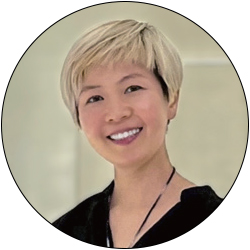 Photos courtesy of KCstudio.
Photos courtesy of KCstudio.
Handicraft today transcends the practical aspects of materials and functions, expanding into an emotive art form that raises fresh questions about its reason for being. Artist Ko Hyejeong tackles such questions head on. Her pieces are neither functional items nor elegant decorations. She interrogates her memories of the natural landscape of Jeju Island through a language of repetition, numerical sequences and fractals, engraving chronological layers and emotional textures onto the surface of metal.
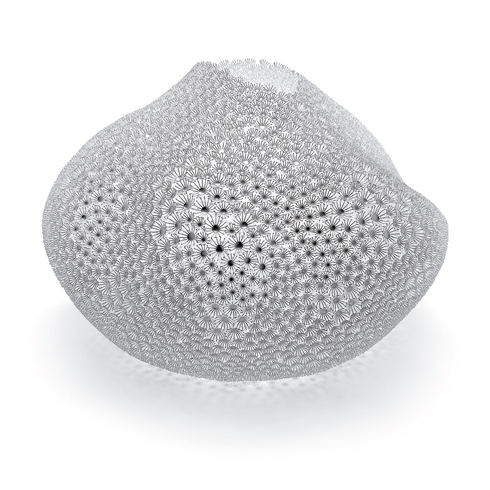 The Wishes,
The Wishes, 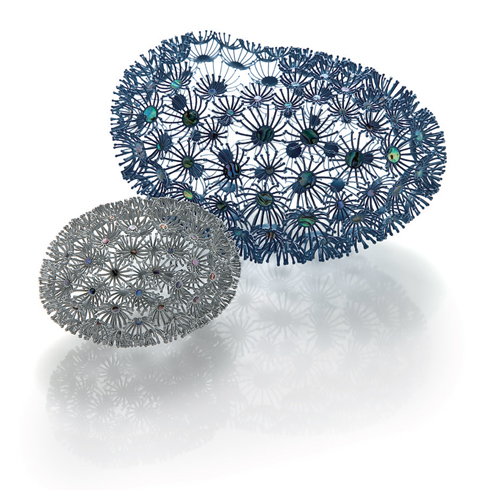 Song of Pebbles,
Song of Pebbles, 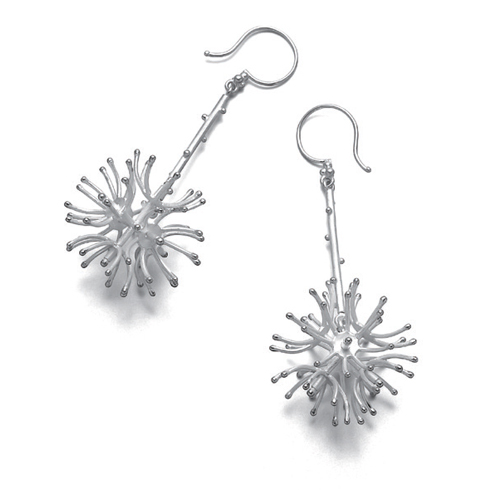 Earrings,
Earrings, Her best-known work “The Wishes” is a sculpture composed of thousands of metal dandelion seeds. The splendor of the texture and the evident meticulousness of her labor bear hushed witness to being in the presence of a true artisan. The piece has been in the international spotlight after winning the grand prize at the Cheongju International Craft Competition and the top prize at Homo Faber 2024 through the public vote. Ko’s work demonstrates that craft is not just about function and tradition, but can serve as a manual language mediating heartfelt conversations with the world. The unending circuit of the artist’s hands is both a message for tomorrow and the fulcrum that Korean craft must find today.
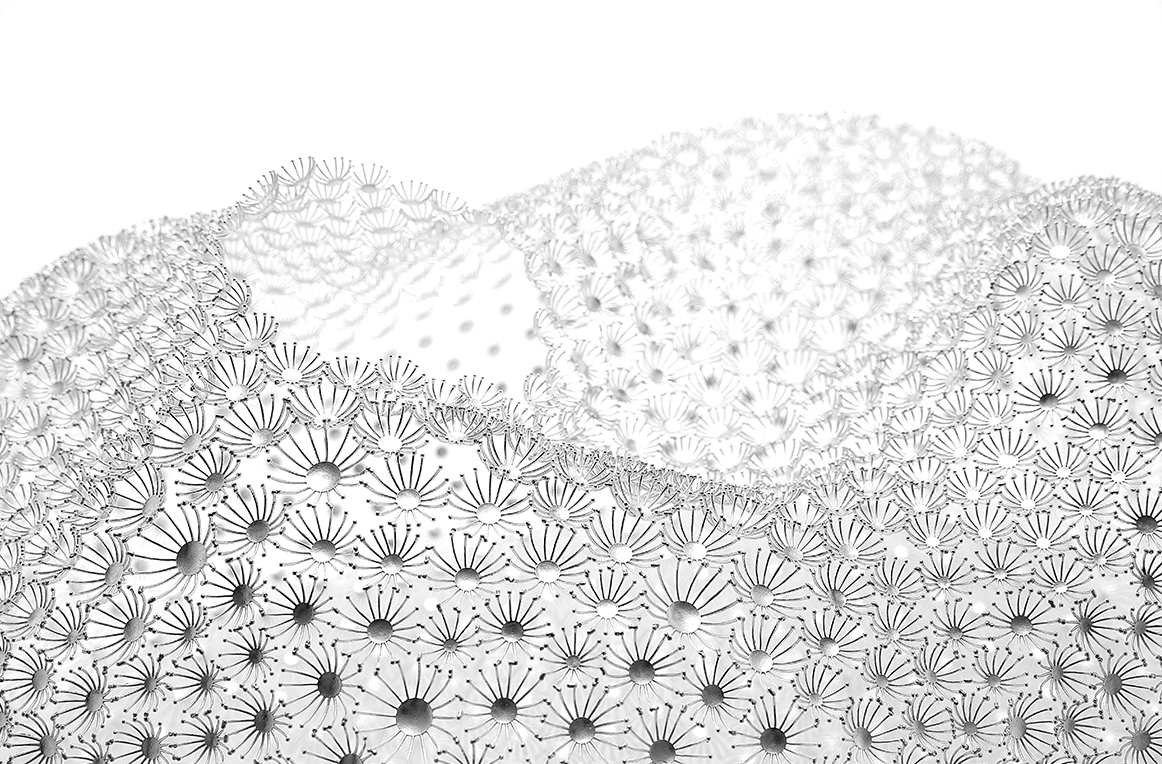 Beyond Time,
Beyond Time,
sterling silver, 55×40×28 cm, 2025 / ⓒ KC Studio.
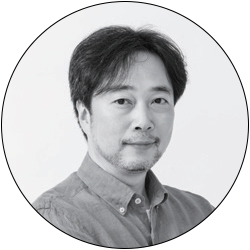 Photos courtesy of Kim Joonyong
Photos courtesy of Kim Joonyong
Glass is a curious material: simple yet brittle, transparent but ultimately resistant to our gaze. When melted in the fire, it grows soft, but regains its shape in the cold air. The Korean glassworker who most deftly handles glass’s contradictory qualities and sensuous language is Kim Joonyong. While glass art’s traditions are rooted in Europe, Korea’s contemporary glasswork has achieved amazing growth in a short time, with Kim always in the vanguard.
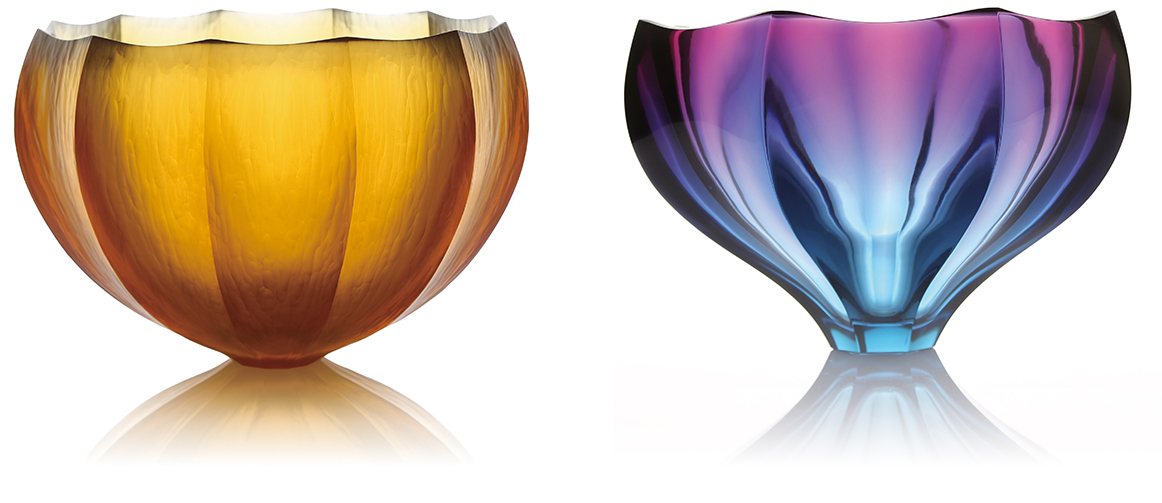 (Left) Yellow Sunset, blown, coldworked, glass, 31×31×20 cm, 2025 / ⓒ Kim Joonyong.
(Left) Yellow Sunset, blown, coldworked, glass, 31×31×20 cm, 2025 / ⓒ Kim Joonyong.
(Right) Light in Late Evening, blown, coldworked, glass, 35×35×21 cm, 2021 / ⓒ Kim Joonyong.
He has made a name for himself both in Korea and overseas, taking home silver in the International Exhibition of Glass Kanazawa 2013, being selected as a finalist for the 2018 LOEWE FOUNDATION Craft Prize, and being awarded the Craft Prize by the Korean Ministry of Culture, Sports and Tourism in 2021. Through his appearances at global art fairs and galleries, he has helped set an independent course for Korean glasswork in global art trends. Kim Joonyong’s glass art is a medium that captures emotions, projects time and crystallizes light. It’s transparence urges us to look inside, while its refractions and reflections symbolize distorted fragments of the artist’s own memories and emotions.
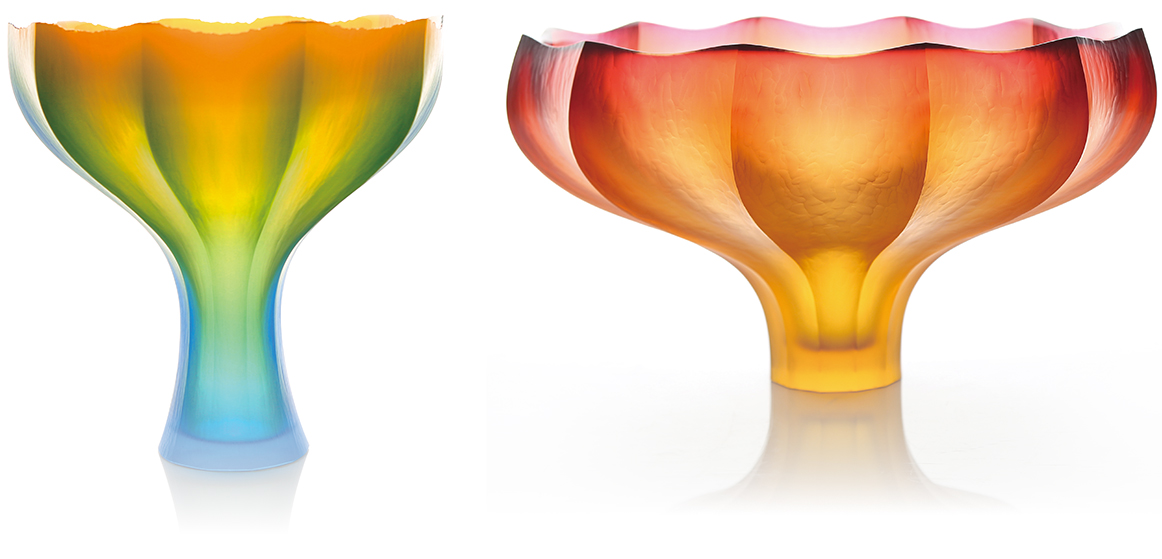 (Left) Sunset after Rain, blown, coldworked, glass, 37×37×35 cm, 2021 / ⓒ Kim Joonyong.
(Left) Sunset after Rain, blown, coldworked, glass, 37×37×35 cm, 2021 / ⓒ Kim Joonyong.
(Right) Image of Sunset, blown, coldworked, glass, 42×42×23 cm, 2024 / ⓒ Kim Joonyong.
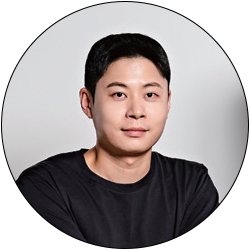 Photos courtesy of Lyu Namgwon
Photos courtesy of Lyu Namgwon
Lacquer is derived from tree sap, but when it hardens, it can be as tough as metal. It’s a seemingly contradictory material: at once highly toxic, but with healing properties. Even as it hardens in stillness, it seems endowed with a pulsing warmth.
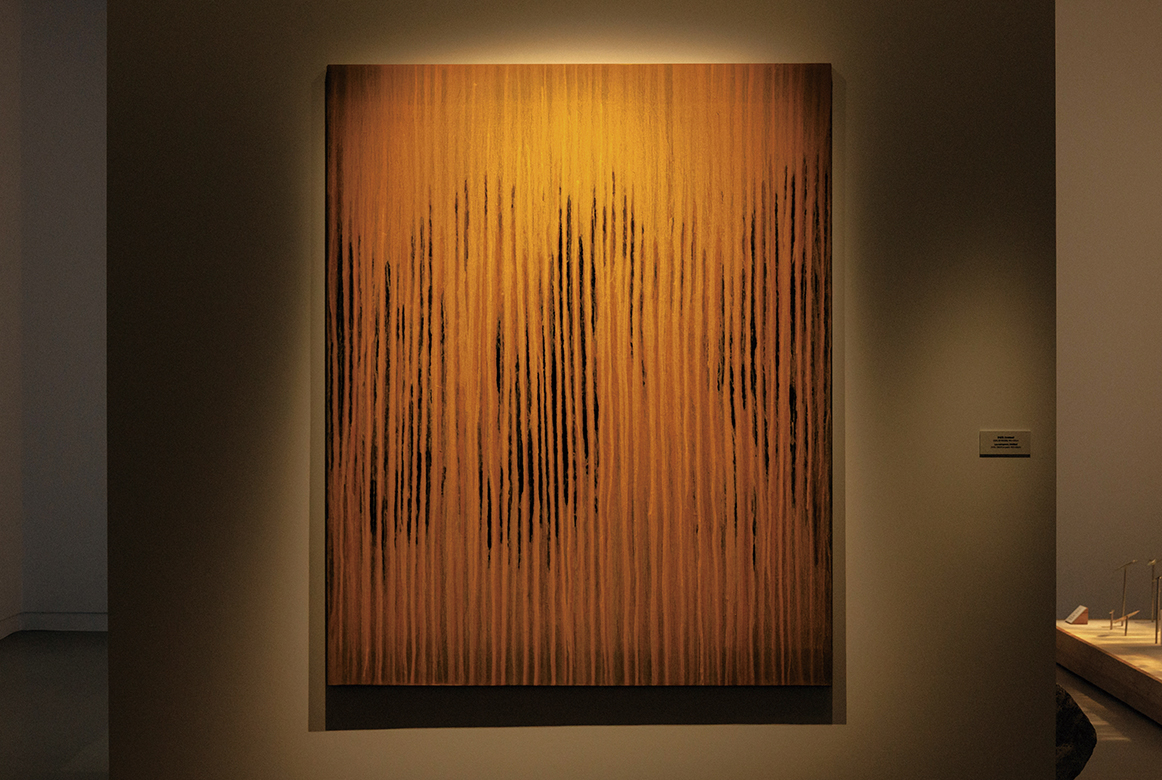 Ott, ottchil (traditional lacquer) on paper, 130×160 cm, 2022 / ⓒ Lyu Namgwon.
Ott, ottchil (traditional lacquer) on paper, 130×160 cm, 2022 / ⓒ Lyu Namgwon.
Lyu Namgwon is renowned among today’s artists for his supple command of lacquer’s temporal quality. By the time of his selection in 2022 as young craftsman of the year in a collaboration between the YÉOL Foundation and Chanel, Lyu had already become an icon in the world of handicraft. Each of those pieces is itself a palimpsest of his countless hours of labor and contemplation. Along with his striking sensibility, Lyu approaches his work with an unparalleled seriousness of mind that has pushed him into the spotlight both in the craft community and beyond.
At this very moment, he’s creating a new aesthetic unique to himself, prioritizing human touch and a sense of emptiness over glossy textures and slick surfaces. The intermingling layers of lacquer and Lyu bring our attention back to the profound potential of Korean handicraft.
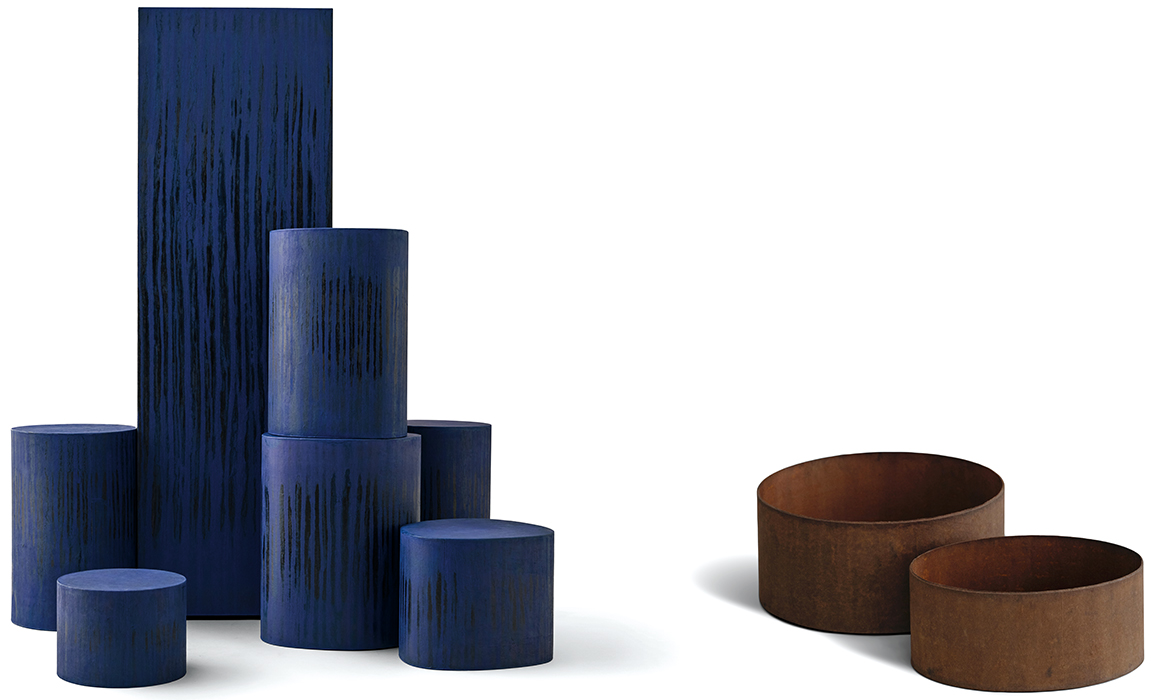 (Left) Jitaechilgi (blue series), 2022 Yeol x Chanel Project / ⓒ Lyu Namgwon.
(Left) Jitaechilgi (blue series), 2022 Yeol x Chanel Project / ⓒ Lyu Namgwon.
(Right) Jitaechilgi (ellipse series) 2021, Hanji (traditional paper), ottchil, 40×30.5×18 cm / ⓒ Lyu Namgwon.
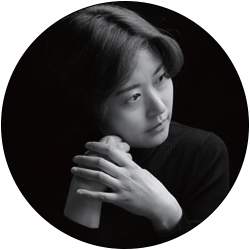 Photos courtesy of Lee in-hwa
Photos courtesy of Lee in-hwa
Is pottery capable of embodying light? That question long tickled the fancy of ceramicist Lee In-hwa. With a tenacious technique that converges on the impossible, she has broken new ground in handicraft in the form of white porcelain imbued with light. Lee creates translucent porcelain using clay from the Joseon-era royal kiln in Yanggu-gun County, Gangwon-do Province—a key ingredient in traditional Korean ceramics. Fascinatingly, Lee’s technique allows her to throw pottery of consistent and precise thickness entirely on the potter’s wheel, without slip casting or mechanical assistance. The thin yet resilient walls of her pieces cradle light, revealing traces of time through the textures and shadows cast inside.
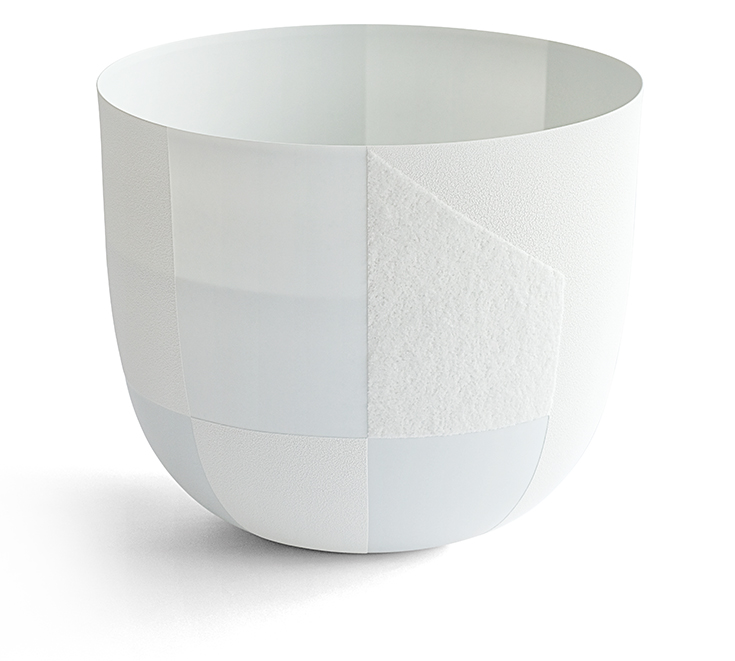 Material Illusion_R288,
Material Illusion_R288, 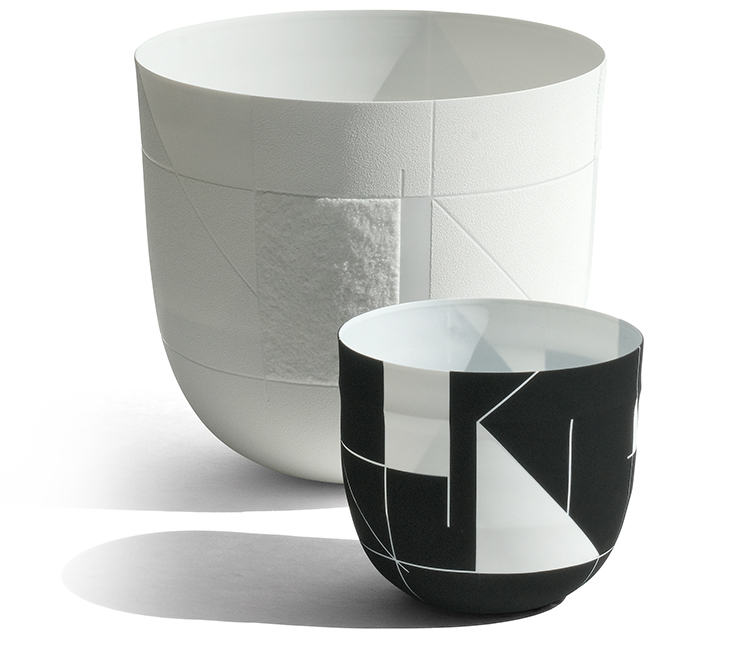 (Left) Material Illusion_R307,
(Left) Material Illusion_R307,
Lee has exhibited worldwide, including at the Saatchi Gallery, SOFA Chicago and the Victoria and Albert Museum (V&A) in London. Her work blends traditional craft with modern sensibility and personal insight, bridging art and everyday life.
Craft today is about more than manual skill—it’s expanding into an artistic medium that encapsulates contemplation, sentiment and our social context. At the center of such changes is Lee, who is redefining the complexity and contemporary meaning of craft through her subtle intuition, her profound material grasp and her rigorous technical foundation.
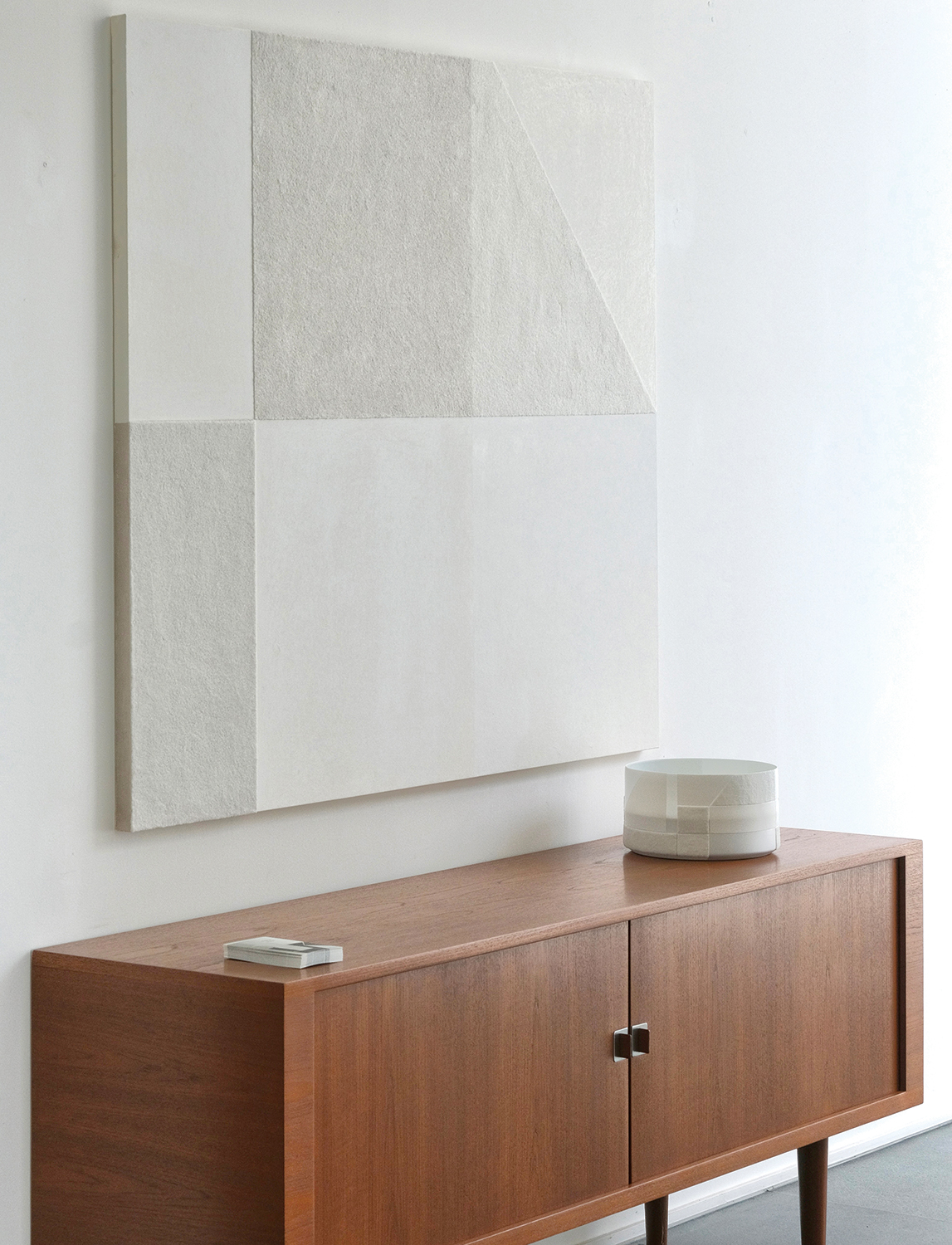 (Top) Material Illusion_2024_A03,
(Top) Material Illusion_2024_A03,
pastel on paper, fused alumina with painting medium, 100F, 160.2×130.3 cm, 2024 / ⓒ Lee In-hwa
(Bottom) Material Illusion_C158,
ceramic, fused alumina with painting medium, 28.3×28.4×15.8 cm, 2024 / ⓒ Lee In-hwa